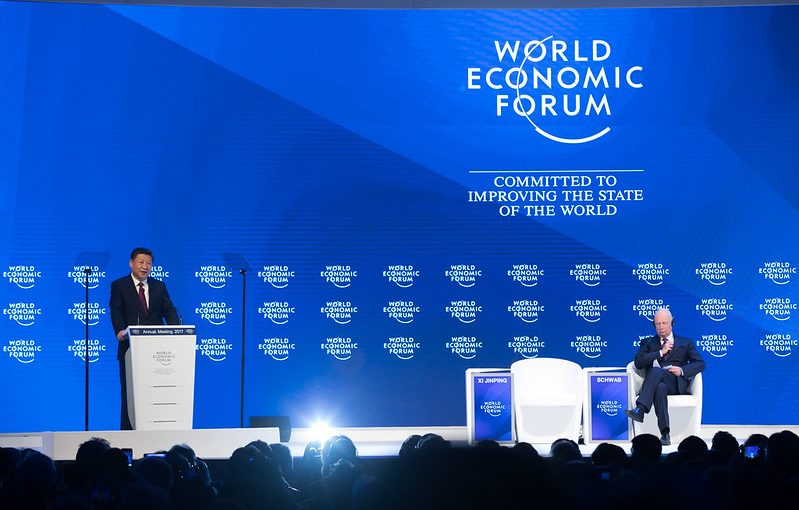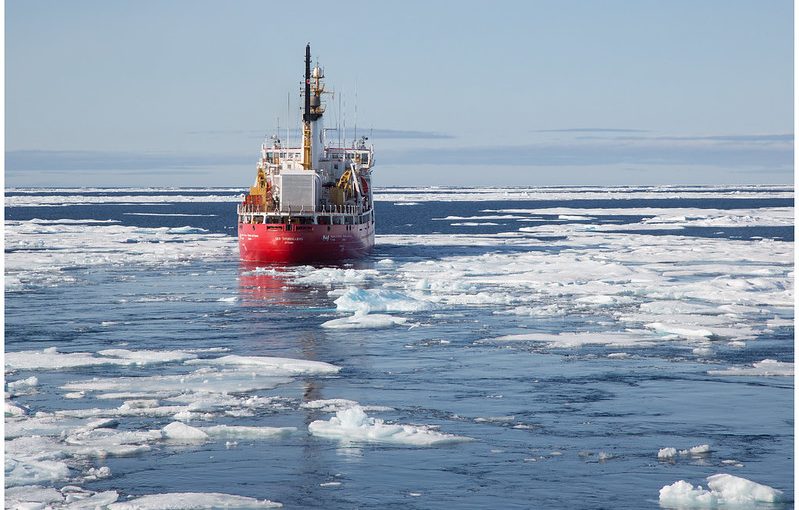David Parmer / Tokyo
Times have changed, and the US has switched from the engagement model of diplomacy promoted by Former Secretary of State Henry Kissinger to a competition model rolled out by the administration of President Joe Biden.
Before becoming president, Biden made it clear that his first priority would be to mend alliances with traditional US allies, and then get all the allies on the same page regarding China. Biden has pretty much done this, and the Europeans and NATO are behind his move, as are the Japanese. The saying goes that there is strength in numbers and Biden has the numbers. (Trump’s “America First!” and “going it alone” went out the window on day #1 of Biden’s presidency when the US immediately re-joined the 2015 Paris Climate Accord.)
So the US and its allies face off against China in a competition that is political, strategic, and military. Some areas of competition and disagreement like trade and human rights are important and ongoing, but some like the South China Sea and Taiwan have the potential to heat up and boil over, turning into deadly conflict.
If Dr. Kissinger’s policy of engaging China is fading, does this mean that there are no areas where China and the West can meet and interact? Fortunately it doesn’t. There are several areas where the US, China, EU, NATO, and countries around the globe can cooperate.
Some of these are:
Terrorism: All countries around the world face the threat of terrorism from true believers and bad actors of all stripes and colors. No one is immune from the threat of terrorism. Cooperation and intelligence sharing across countries boosts the security of all countries involved. Information shared can save lives and prevent deadly incidents from happening. China and the US are no more immune to the threat of terrorism than any other country and cooperation makes good sense and saves lives.
Climate: Global warming affects everyone on the planet, and in addition to it not being denied, it must be dealt with by all countries in a cooperative manner. The 2021 Glasgow meeting, COP26 will bring together 97 countries in addition to the US, UK and EU. These countries, including China, have pledged to go carbon neutral by mid century. In addition to prevention and preservation countries must work together to assist countries and victims impacted by climate-related disasters.
Trade: Global trade has been valued at around $20 trillion. With the COVID pandemic in full swing trade was expected to decline sharply, but this did not occur. Trade remained robust during the pandemic. Keeping this system intact and running smoothly is in everyone’s interest, and tariffs and sanctions rendered on a tit-for-tat basis do nothing to promote the common good. Fair trade and a level playing field are essential for the smooth flow of goods worldwide. China, with its vast manufacturing capacity can engage the world and benefit all parties concerned.
Health: After 2020 and the COVID pandemic it is impossible to deny that human health is a planetary issue affecting every living person. Sharing scientific and medical information and technology are vital to keeping the world safe and healthy. No country or region can withhold information or horde supplies of materials or medicines from less affluent countries because the purely arbitrary geographical borders cannot halt the spread of disease and pandemics.
From just these examples we can see that while nations might compete strategically or ideologically, in the long run it is also vitally important that they cooperate with other nations in the areas mentioned here for the good of humanity and for the good of the planet.
Photo: World Ecconomic Forum via flickr
 日本語
日本語 English
English 中国語
中国語
